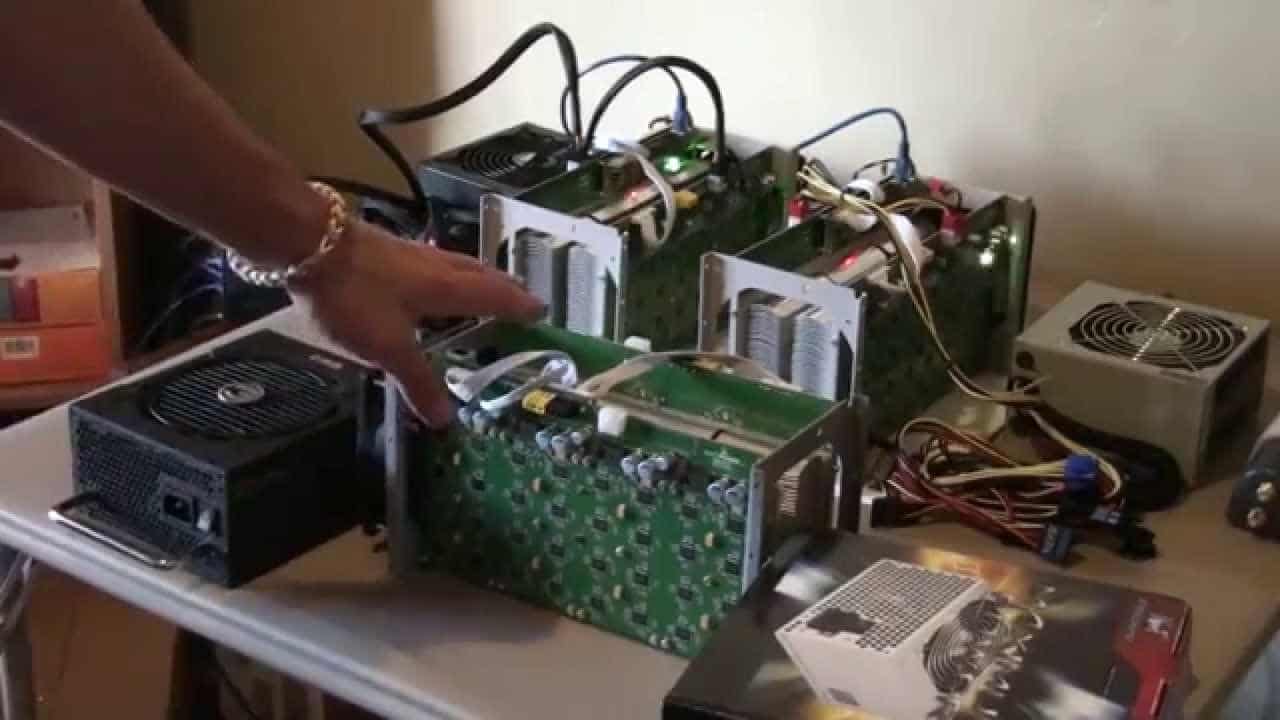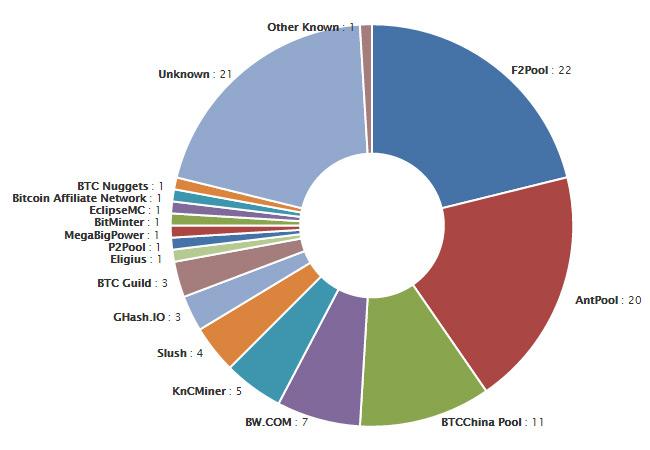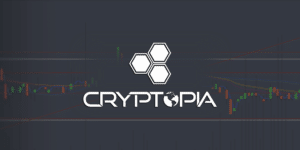The cryptomarket has come a long way from the early days of mining BTC from your home PC. Today, mining BTC is extremely competitive and without the proper hardware, it can be very difficult to achieve success. Application Specific Integrated Chip (ASIC) rigs, such as the Antminer S9, currently dominate the mining sector. One company in particular, Bitmain, is responsible for making these specially designed chips the new industry standard.
Pre-Antminer
In the beginning, there was Bitcoin. The cryptomarket was in its infancy then, and mining was relegated to small groups of techies. These early miners were smart enough to recognize the potential in blockchain technology before anyone else. Many have become staples in the crypto community such as Bitmain’s co-founder, Micree Zhan.
Micree Zhan
Micree Zhan is the technical brain behind the Bitmain’s ASIC mining rigs. Prior to meeting Jihan Wu, the company’s other co-founder, Zhan was focused on securing funding for his startup, DivaIP, which specialized in TV-to-PC streaming hardware. In addition, Zhan worked on developing microchips.

Jihan Wu
Jihan Wu is the business mind behind the Bitmain giant. He studied at Peking University and graduated with a degree in economics and psychology. Both skills would prove to be instrumental in Bitmain’s rise to success.
BCH community needs to learn a hard lesson. Be friend with other competing coins, learn from them, and make BCH better. Don’t play hatred, don’t wish competing coins ill. Just wish and try to make BCH better.
— Jihan Wu (@JihanWu) November 10, 2017
The Fortune of Chance
It was a chance meeting in 2010 on a Beijing street that would change everything for these two innovative individuals. Zhan initially approached Wu looking for advice on how to better raise funds for his project. This early partnership was less fruitful and within a few months, the two had parted ways.
A years later Wu discovered BTC while surfing online. He was captivated by the concept of a decentralized currency, and in an interview with Quartz (QZ) he described how BTC was introduced to him as “the most dangerous open-source project ever.” Wu immediately began purchasing BTC; to the point that his family was worried that he may have been getting scammed.
In 2013, BTC’s market value jumped from $20 to $900 per BTC. These early profits would be put to good use. Wu decided that it would be more profitable creating BTC rather than purchasing it. He took his earnings and began investing in BTC mining rigs. Wu wasn’t satisfied with his initial returns, so he decided that it was time to invest in a more efficient mining system.
Wu recalled the enthusiastic programmer he had met the year before, Zhan. He immediately contacted Zhan and began bringing him up to speed on BTC. The first task Zhan was assigned was to create an ASIC that was programmed to run SHA-256 equations. SHA-256 is the hash code of BTC. Wu understood that an ASIC powered rig would give the pair a huge advantage in the marketplace.
Bitmain’s First ASIC
On November 2013, the world got introduced to the Antminer S1. The company went through explosive growth during these early days. The market wasn’t congested and the only real competitors were ASICMiner and Butterfly Labs. Both of these companies had beaten Bitmain to the punch; they had successfully been producing ASIC chips since 2012.

It was the epic Mt. Gox hack that started the sequence of events that would eventually lead to Bitmain’s dominance in the market. Mt. Gox was the world’s largest BTC exchange in 2014. A devastating hack the same year would lead to the demise of this crypto-goliath. The hack also led to a market crash that saw BTC lose half of its value in less than 24-hours.
The crash destroyed interest in the mining sector for years. It also left Bitmain’s competition seeking other business ventures. This allowed Bitmain to capture more of the market share. The release of the Antminer S5 in 2015 catapulted Bitmain back into the spotlight and back into the profits. Wu has openly admitted that his firm appreciated a 50 percent profit margin on this product. This allowed Bitmain to further their product development on an unprecedented scale.
The Antminer S5 became so popular that it eventually gave Bitmain control over 70 percent of the total network hash power at that time. Today, the firm still retains a large percentage of the market thanks to the success of their ASIC mining rigs. They also own Antpool, btc.com, and ViaBTC.
[thrive_leads id=’5219′]
Bitmain Today
Bitmain is no longer a two-man operation. The crypto giant now has a staff of over 600 people. Bitmain occupies a four-story office building in one of Beijing’s high tech parks, and they sell hundreds of thousands of ASIC miners every year. They also manage some of the world’s largest mining operations including their mega-facility located in Inner Mongolia.
BTC Power Struggle
Bitmain has been at the center of the centralization debate currently going on within the BTC community. Critics of the mining giant argue that Bitmain has too much control over the BTC network. These complaints hit a fevered pitch last year when company co-founder Wu signed the “New York Agreement.”
The New York Agreement is a scaling proposal which would increase the BTC block size to 2MB after activating the Segregated Witness protocol. While this project never developed, it did eventually lead to the infamous Bitcoin Cash hard fork of August 1st, 2017. Those against the fork accused Wu of being a main advocator for the maneuver, and many took to social media to bash the outspoken founder. In response, Wu sent an offensive Tweet which has since become a meme.

Bitmain holds incredible power in the BTC network, and, by doing so, they have the ability to approve or block any potential software upgrades to BTC. This has helped Bitmain to ensure future dominance in the mining sector. The company is keen on stopping any changes to the BTC protocol which could potentially harm their product’s performance.
Bitmain Looks to the Future
Bitmain is now looking to apply their ASIC technology to another budding field, Artificial Intelligence. ASIC chips are a primary component in the creation of AI computers. Bitmain is currently developing an ASIC deep learning chip that will include the most popular AI algorithms. The technology will be available for corporate use. Google already has a similar project in the works called AlphaGo.
It’s an ASIC World
It’s hard to say where these latest developments will lead the Bitmain team. They currently control between 30 and 51 percent of BTC’s total hash power at any given time. Their newest rigs are more powerful and efficient than the Antminer S5. So you should expect to see the mining difficulty continue to increase as long as the Antminer line dominates the BTC mining sector.
Never Miss Another Opportunity! Get hand selected news & info from our Crypto Experts so you can make educated, informed decisions that directly affect your crypto profits. Subscribe to CoinCentral free newsletter now.










